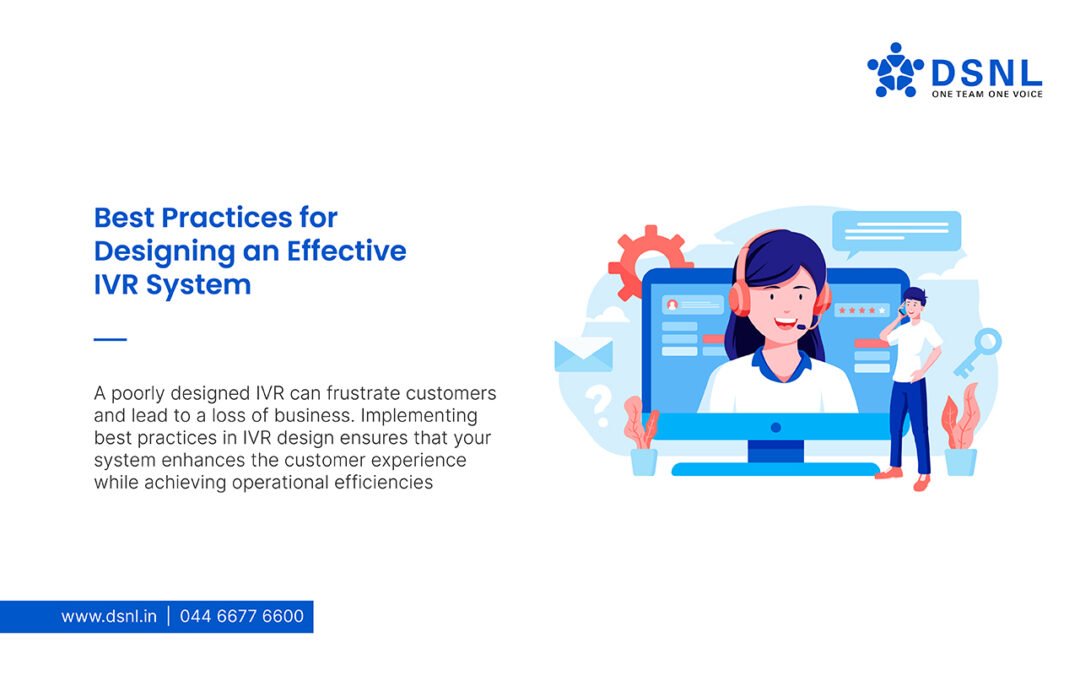Interactive Voice Response (IVR) systems are a staple in customer service environments, allowing businesses to handle high call volumes and offer self-service options to customers. However, a poorly designed IVR can frustrate customers and lead to a loss of business. Implementing best practices in IVR design ensures that your system enhances the customer experience while achieving operational efficiencies.
- Keep it Simple and Intuitive:
An effective IVR system is straightforward and easy to navigate. Overly complex systems with too many menu options can confuse and frustrate callers. Design your IVR menu with the customer in mind, limiting the number of choices per menu to a manageable number – typically five or fewer. This practice helps prevent customer fatigue and confusion.
- Prioritize Caller Needs:
Understand the most common reasons customers call and make those options readily accessible. Analyzing call data can help identify these needs and design the call flow accordingly. By addressing the most frequent inquiries or concerns at the earliest stages, you satisfy customer needs efficiently and reduce the volume of calls reaching live agents.
- Use Natural Language and Speech Recognition:
Modern IVR systems equipped with natural language processing (NLP) allow customers to state their needs in their words, creating a more natural interaction. This technology can significantly enhance the caller’s experience, as it feels less like interacting with a machine and more like speaking with a human.
- Provide an Escape Option:
Always give callers a clear option to speak to a live agent. This practice is essential, as some concerns are too complex for automated systems, or customers may simply prefer human interaction. Ensuring this option is easily accessible at any point in the call retains customer trust and satisfaction.

- Regularly Update and Test Your System:
Customer needs evolve, and so should your IVR system. Regularly review and update the call menu to reflect these changes. Additionally, routinely test the system from a customer’s perspective to identify and rectify any issues or inefficiencies.
- Personalize the Experience:
If possible, integrate your IVR with your CRM system. Recognizing repeat callers and personalizing the menu options based on customer history can significantly enhance the customer experience.
In conclusion, an effective IVR system is customer-centric, intuitive, and regularly reviewed and refined. By implementing these best practices, businesses can ensure their IVR enhances customer satisfaction, improves operational efficiency, and contributes positively to the overall customer service experience.

